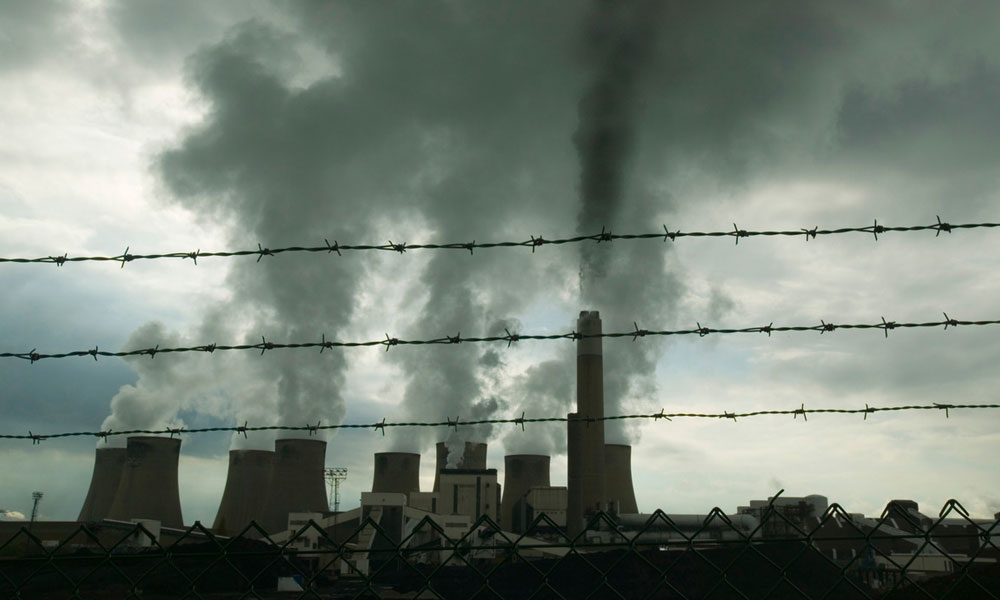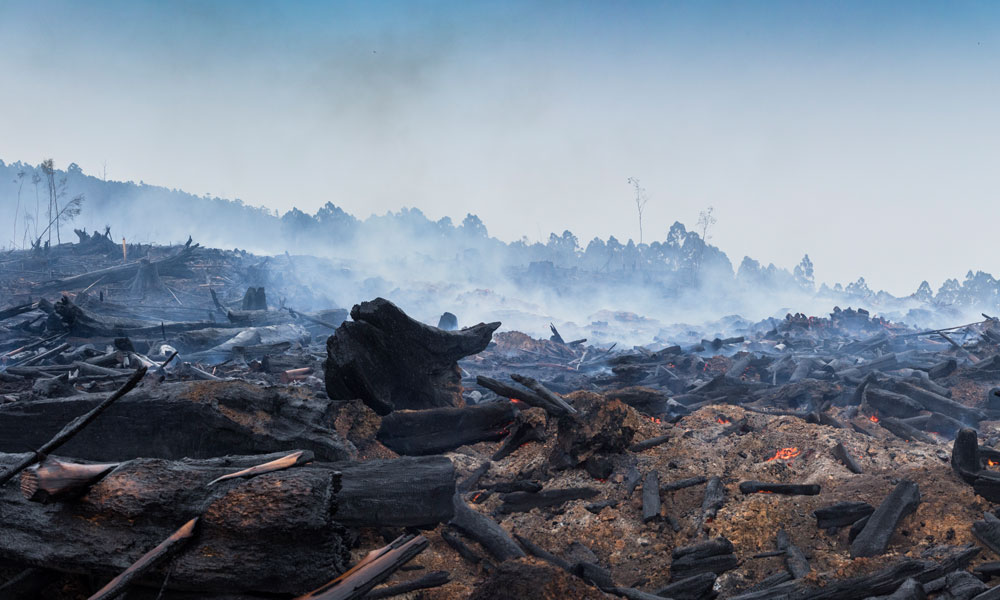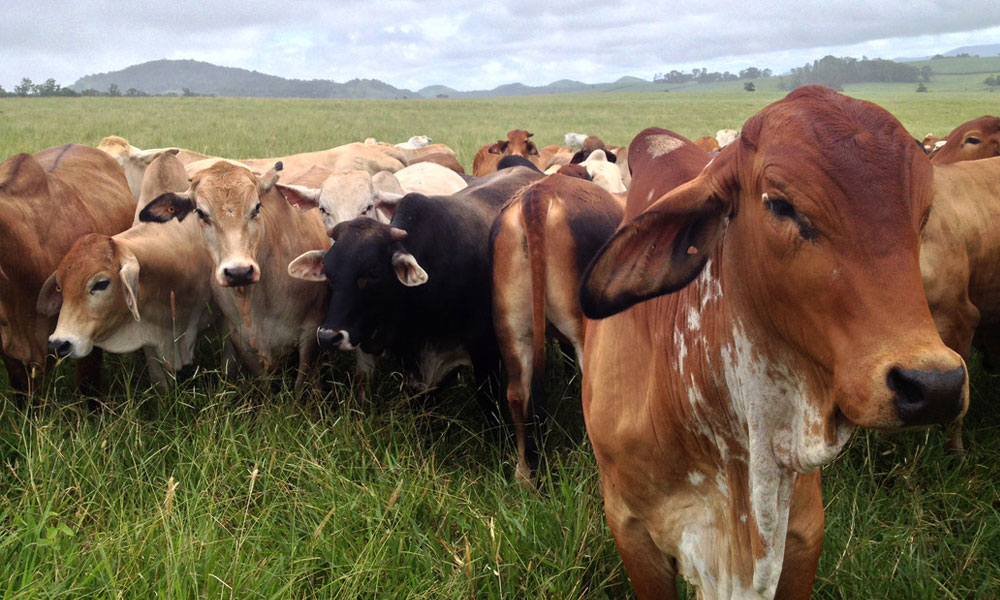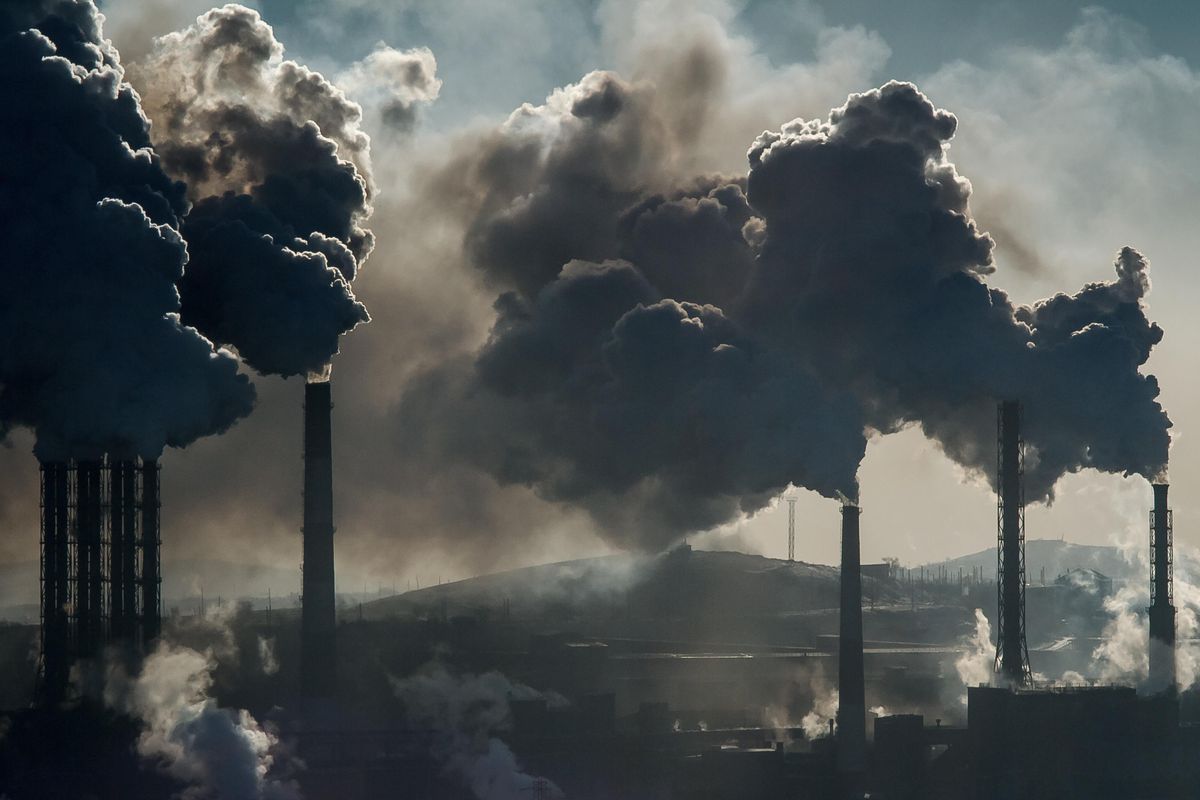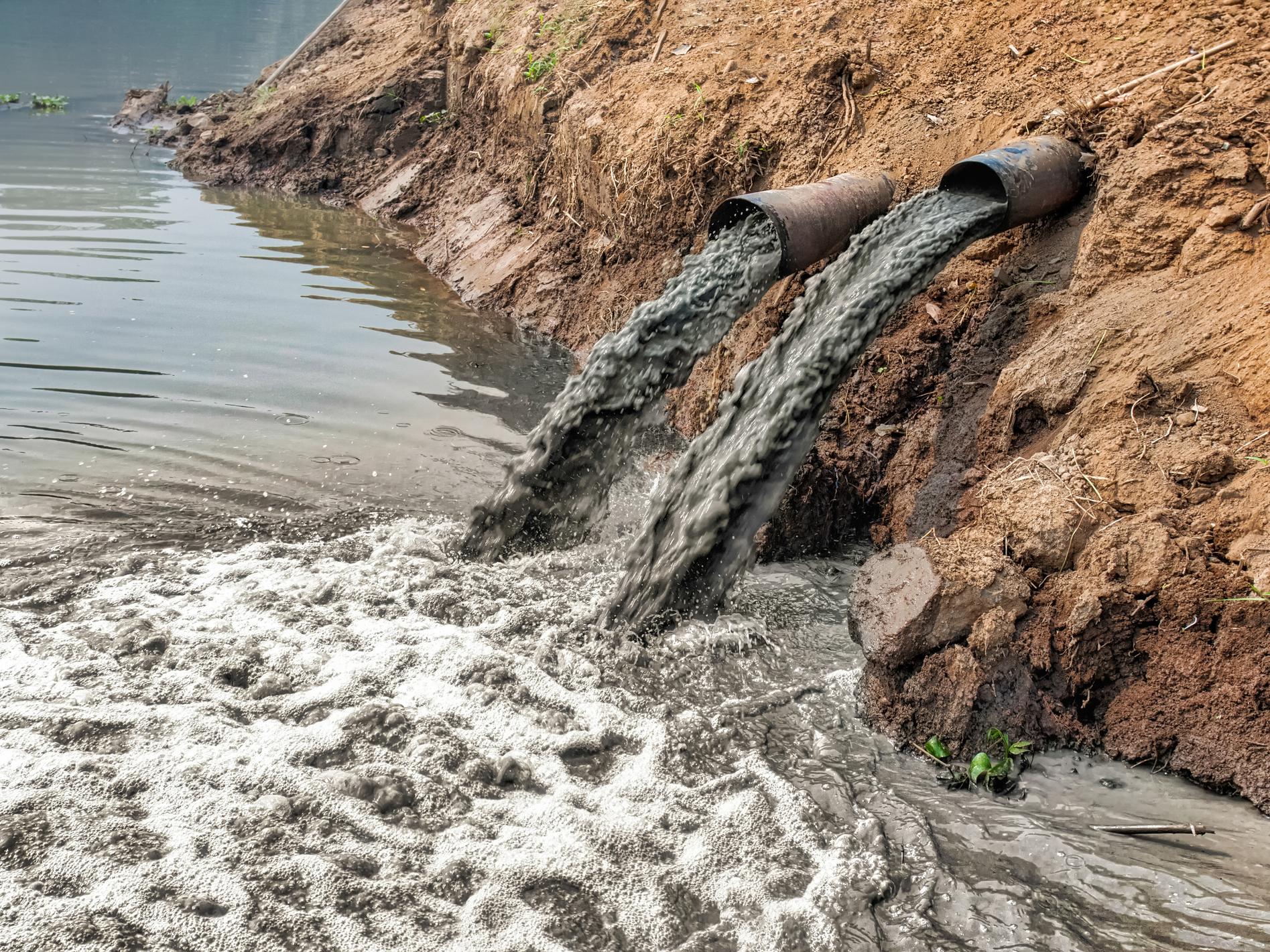GLOBAL WARMING
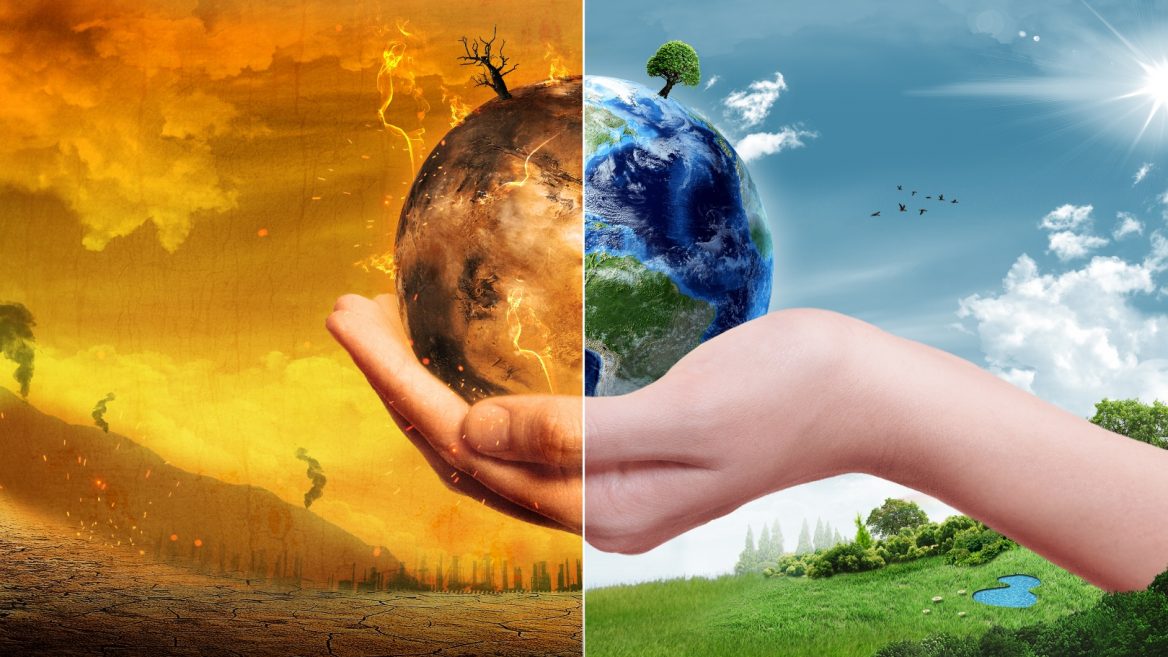
The dangers of global warming are being increasingly studied by a wide global consortium of scientists. These scientists are increasingly concerned about the potential long-term effects of global warming on our natural environment and on the planet. Of particular concern is how climate change and global warming caused by anthropogenic, or human-made releases of greenhouse gases, most notably carbon dioxide, can act interactively, and have adverse effects upon the planet, its natural environment and humans' existence. It is clear the planet is warming, and warming rapidly. This is due to the greenhouse effect, which is caused by greenhouse gases, which trap heat inside the Earth's atmosphere because of their more complex molecular structure which allows them to vibrate and in turn trap heat and release it back towards the Earth. This warming is also responsible for the extinction of natural habitats, which in turn leads to a reduction in wildlife population.The most recent report from the Intergovernmental Panel on Climate Change (the group of the leading climate scientists in the world) concluded that the earth will warm anywhere from 2.7 to almost 11 degrees Fahrenheit (1.5 to 6 degrees Celsius) between 1990 and 2100. Efforts have been increasingly focused on the mitigation of greenhouse gases that are causing climatic changes, on developing adaptative strategies to global warming, to assist humans, other animal, and plant species, ecosystems, regions and nations in adjusting to the effects of global warming.


